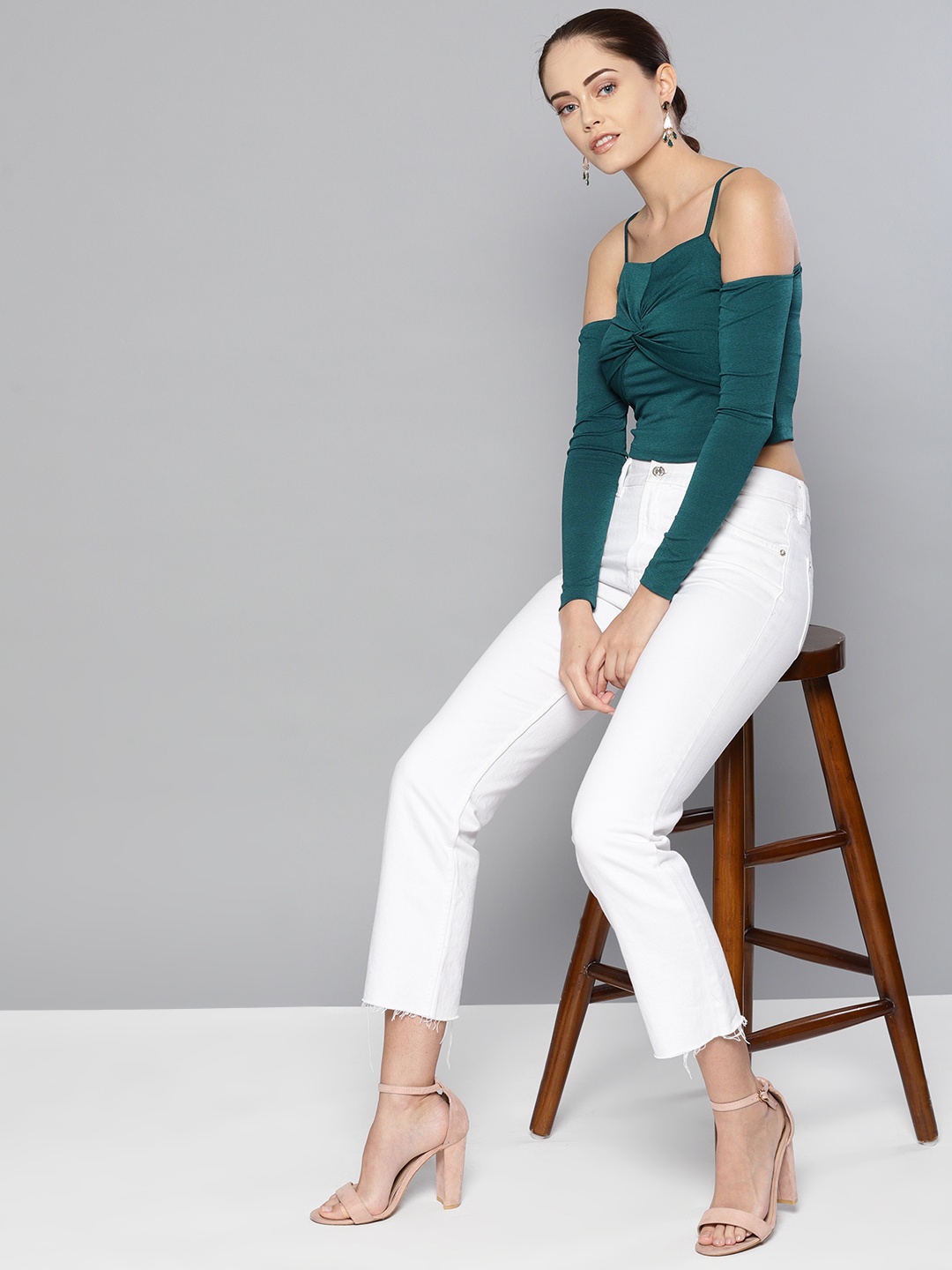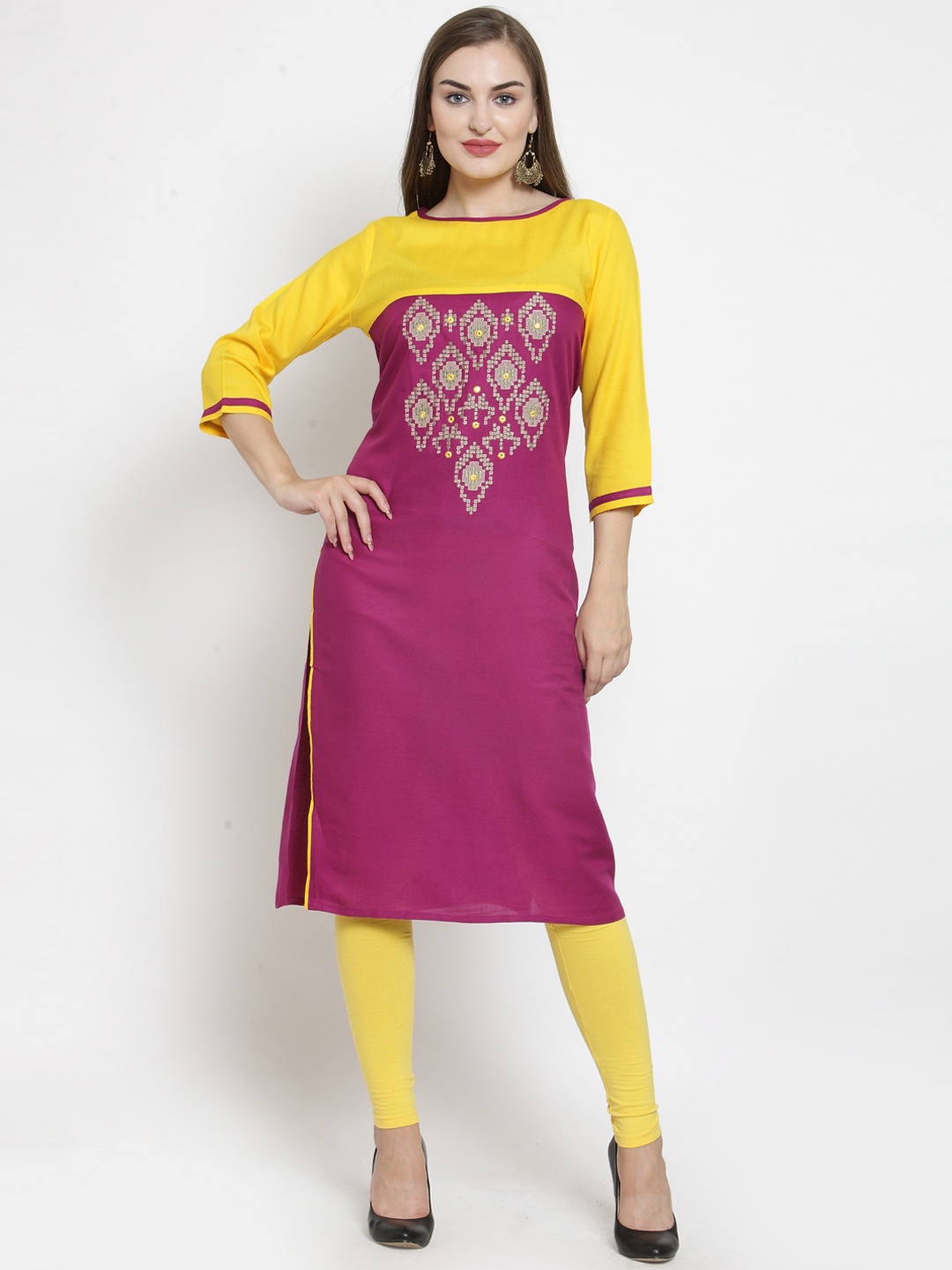Explore 6 Easy Tips On How To Choose Thermals For Winter
Winter is around the corner and it is time to buy a reliable pair of thermals. Here are a few tips on how to choose winter thermals for men and women and stay prepared for the cold.

Explore easy tips to find the right thermal wear for winter
Hidden beneath piles of clothes, thermals are truly the unsung heroes of winter outfits. They are lightweight, discreet, and exceptionally effective at keeping you warm in cold temperature, even while wearing a flared skirt. Whether you are spending a weekend at mountains or headed to work, having the right thermals for winter can make all the difference. But with so many fabrics and fits to choose from, selecting the right one may feel confusing. And that's where this guide comes. In this guide, you will learn all about how to choose thermals for winter.

Get yourself the right pair of thermal wear for winter with these easy tips
Photo Credit: Myntra
Choosing the right winter thermals for men and women can help create an insulating base. From moisture-wicking materials to body-contouring fits, modern-age thermals are designed for more than just warmth. Instead, they are crafted for comfort, breathability, and versatility. And here's how to choose thermals for winter 2025.
Also Read: Best Tips On How To Choose The Right Jacket Based On Your Climate
Tips On How To Choose Winter Thermals For Men And Women
1. Assess Local Climate
Before buying expensive thermals, always consider the local climate of your location. For regions with harsh winters, opt for thermals made with high insulating materials like merino wool and cashmere. On the other hand, people living in regions that recieve light to moderate winter can suffice with breathable materials like cotton and bamboo blend. Understanding your daily exposure to cold can help choose the right thermal wear for winter.
2. Understand Fabric Types And Specific Use
Thermal wear for men and women differ not only in size, colours, and designs but fabrics as well. Here is a breakdown to grasp the basics of how each fabric behaves:
- Merino wool: Ideal for extreme cold temperatures due to its natural insulation
- Cotton blends: Soft against the skin and superior for light to moderately cold weather
- Synthetic materials: Fabrics like polyester and spandex offer great stretch and quick-drying properties
Whether layering clothes for work or lounging at home, understanding the fabric ensures you feel warm, cosy, and comfortable. It can also spare you from itchy feeling due to incompatible fabric.
3. Choose the Right Fit
Winter fashion is all about layering the right pieces to stay functional and warm. The trick is to remember that thermals should contour to your body shape. Rather than being too loose or suffocating, thermals for men and women should offer a snug fit that traps body heat without restricting movement.
For women, body-hugging designs can offer a sleek silhouette. This comes in handy for days when you want to get dressed in skirts and dresses to achieve a sleek silhouette without looking like a walking rectangle. Similarly, men may prefer athletic cuts for active wear. The choice is all yours.

Choose the right fit that contours your body shape; Photo Credit: Myntra
4. Look For Tags That Say Moisture-Wicking
Adding too many layers to your winter outfits or doing physical activity in thermals can make you sweat easily. But thermals aren't for drenching you in a wet feeling. Instead, their job is to provide the right amount of warmth. Thus, always opt for thermals with labels that state them moisture-wicking.
These thermal wear options are breathable and prevent odour build-up, especially around underarms. They keep your body warm and dry by pulling excess moisture away. Similarly, quick-dry or performance base layer can help regular body temperature to maintain all day comfort.
5. Always Consider Skin Sensitivity And Allergies
Have you ever tried thermal wear and felt an itchy feeling or redness on your skin? Don't worry, you are not the only one. People dealing with skin sensitivity and allergies need the right thermal wear material that does not irritate their skin.
If you have sensitive skin, avoid thermals made with harsh synthetics or chemical treatments. Although a bit expensive, merino wool is a naturally hypoallergenic option. It feels soft against the skin and does not irritate it. Other options include organic cotton and silk.
Avoid thermal wear made of synthetic fibres, like polyester, nylon, and spandex. These materials create a breading ground for bacteria, trap moisture, and pose a threat of overheating.
6. Check Care Requirements
Thermals are require only for a few months every year and thus, you may not need to invest in a new pair every season. Remember, durability matters. Always look for fade-resistant dyes, shrink-proof materials, and pieces with high-quality stitching. Check the labels on your thermal wear to find out whether it is fit for machine or hand washing. Opt for options that require minimal cleaning and maintenance and still retain their shape, strength, and efficiency.

Choose low-maintenance and easy to care thermal wear for winter
Photo Credit: Myntra
To sum it up, choosing thermal wear for winter is not rocket science. Despite that, even a small mistake can leave you with a wrong size or fabric, causing great discomfort. Therefore, always assess your local climate, understand fabric types and their performance, choose the right size, opt for moisture-wicking pieces, consider skin allergies, and go for easy to maintain options. With these easy tips, you can stay warm and protected in winter.
Frequently Asked Questions (FAQs)
1. What size thermals should I wear?
You should wear thermals that offer a snug but not suffocating fit. Always measure your chest, waist, and hips and compare these measrements to the size chart.
2. What type of thermals are best?
While thermals made of wool are ideal for harsh winters, options crafted with cotton blends perform well in light weather.
3. Is it better for thermals to be tight or loose?
Thermals that are not too tight or loose are the best ones. They should trap your body heat well, leave no space for the outside cold air, and still not suffocate you with a clenching grip.
4. What are the advantages of thermals?
Thermals offer excellent insulation, keeping you warm in winter. Moisture-wicking fabrics trap body heat and keep sweat away to make you feel comfortable.
5. Which thermal fabric is best for winter?
Fleece is often considered a great material for thermal wear. It is lightweight, breathable, and quick-drying.
(Disclaimer: This article may include references to or features of products and services made available through affiliate marketing campaigns. NDTV Convergence Limited (“NDTV”) strives to maintain editorial independence while participating in such campaigns. NDTV does not assume responsibility for the performance or claims of any featured products or services.)
























